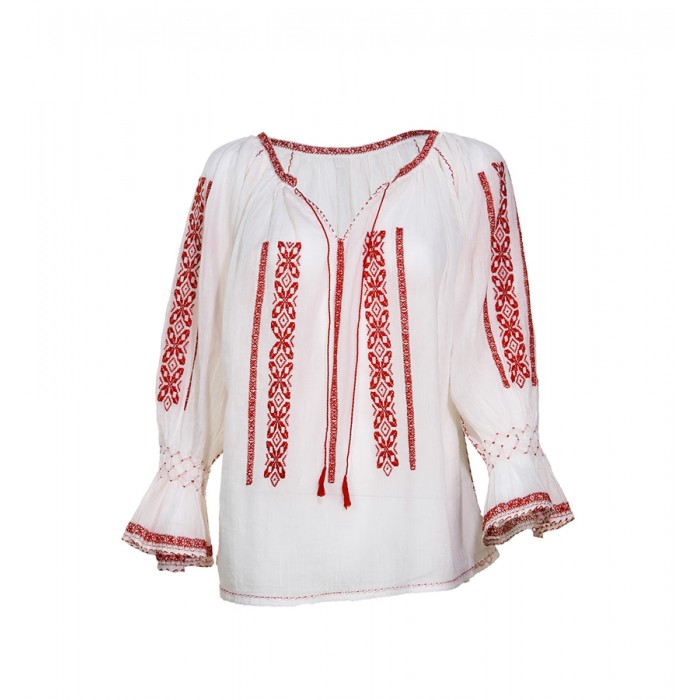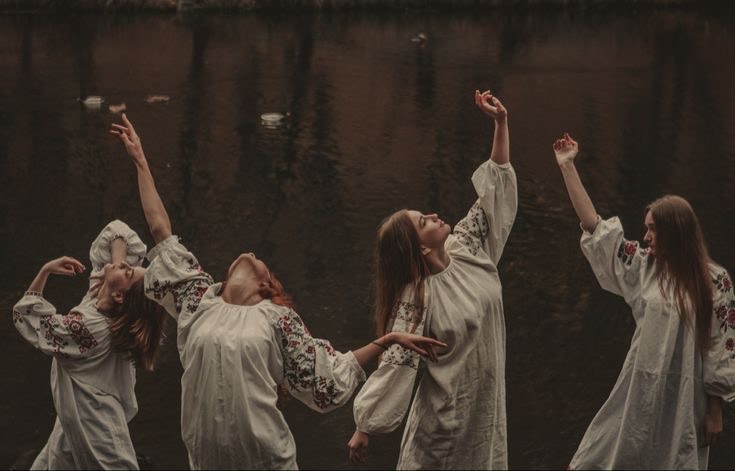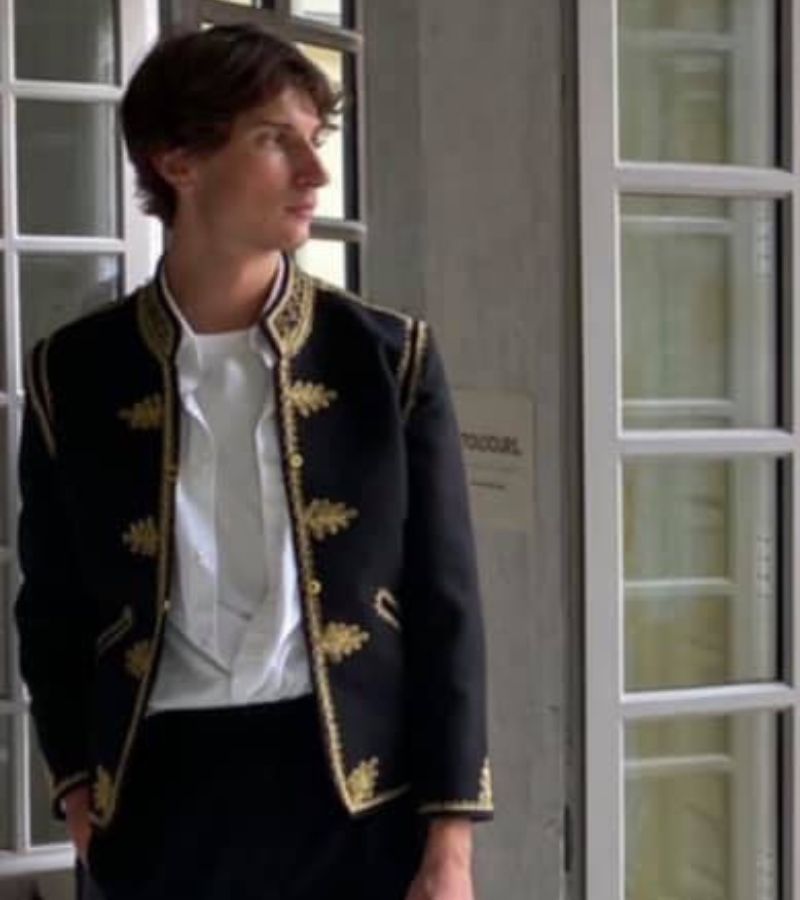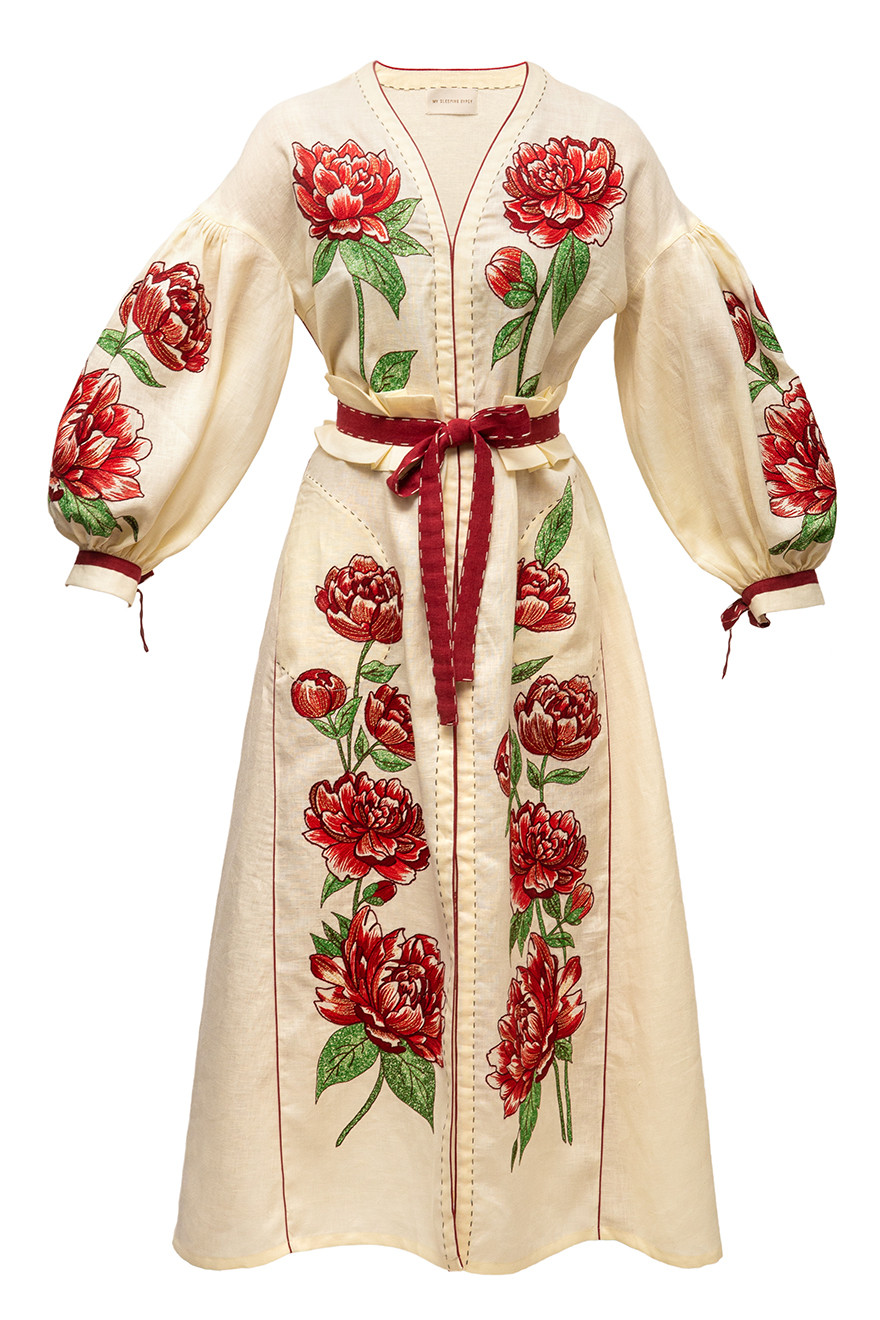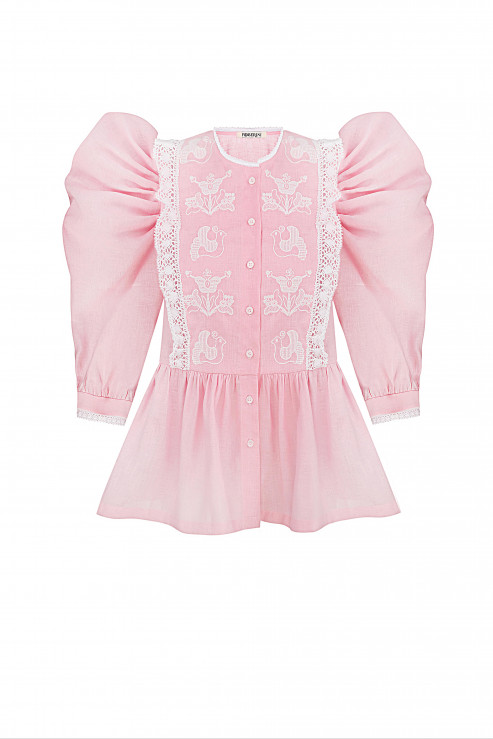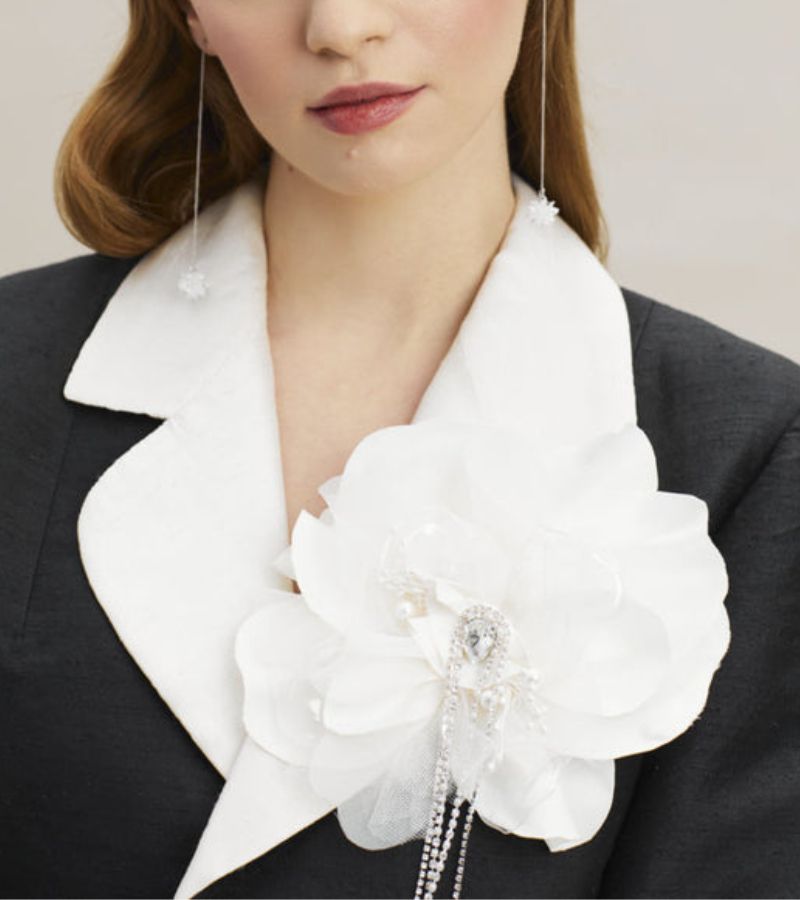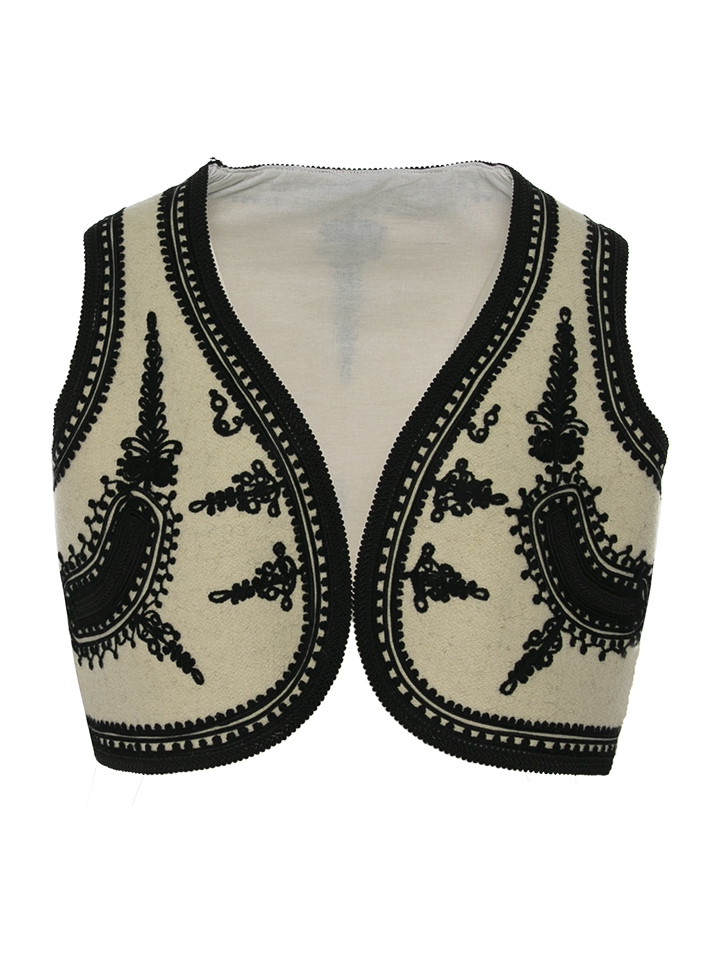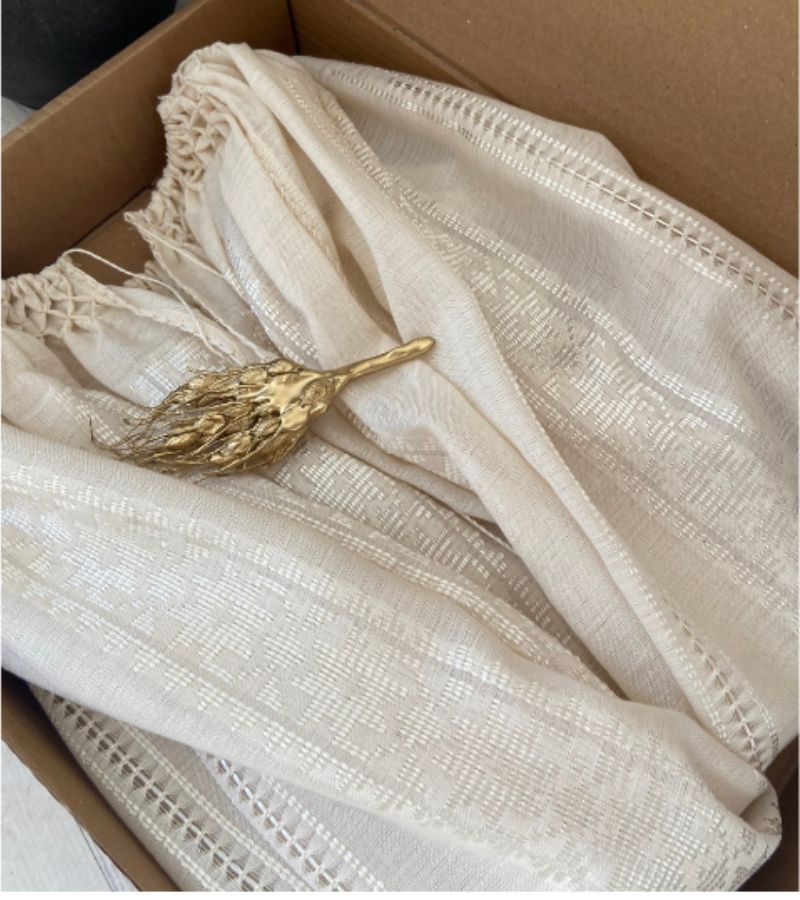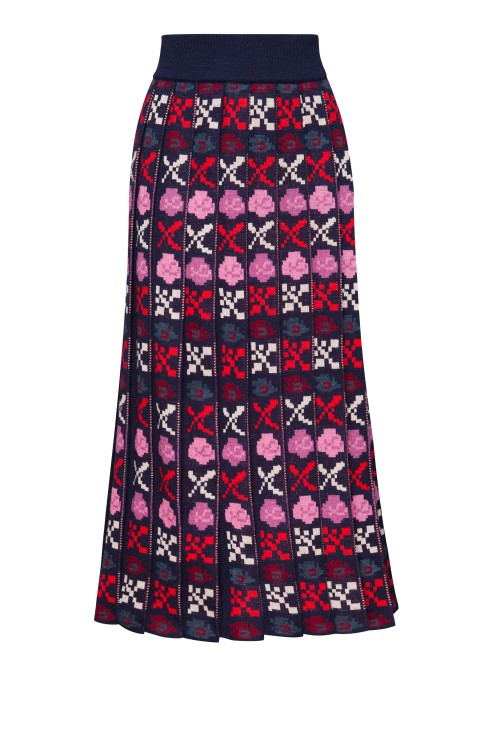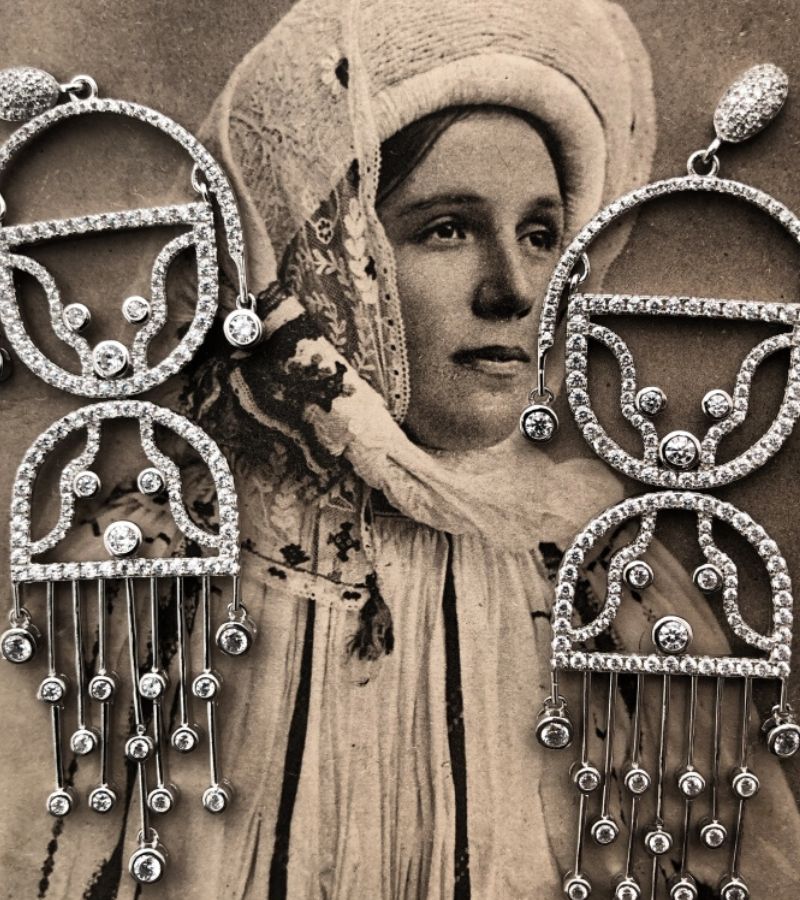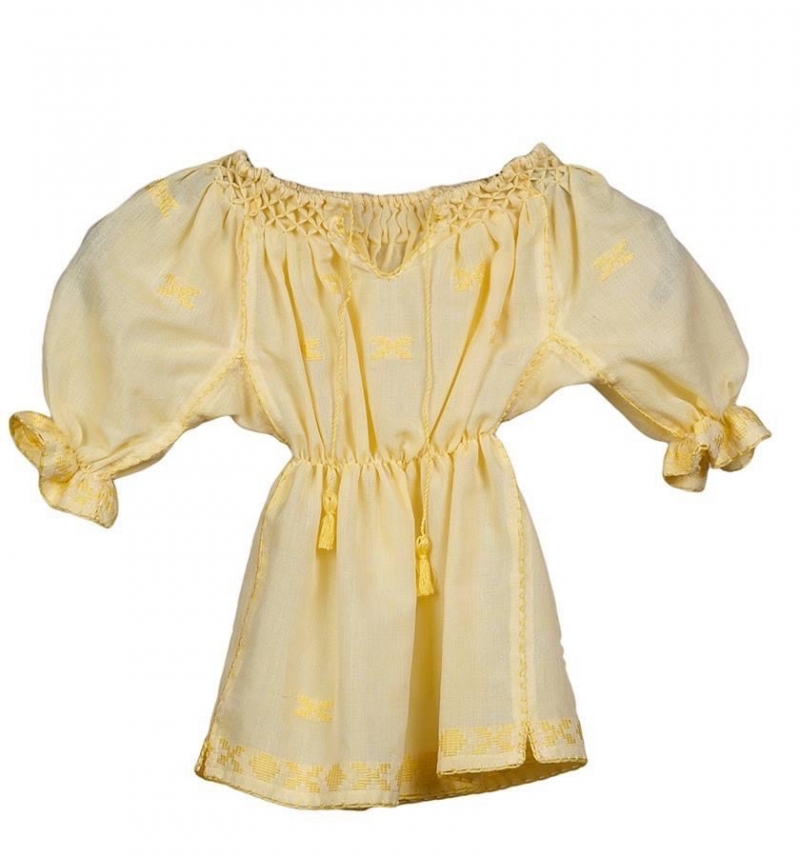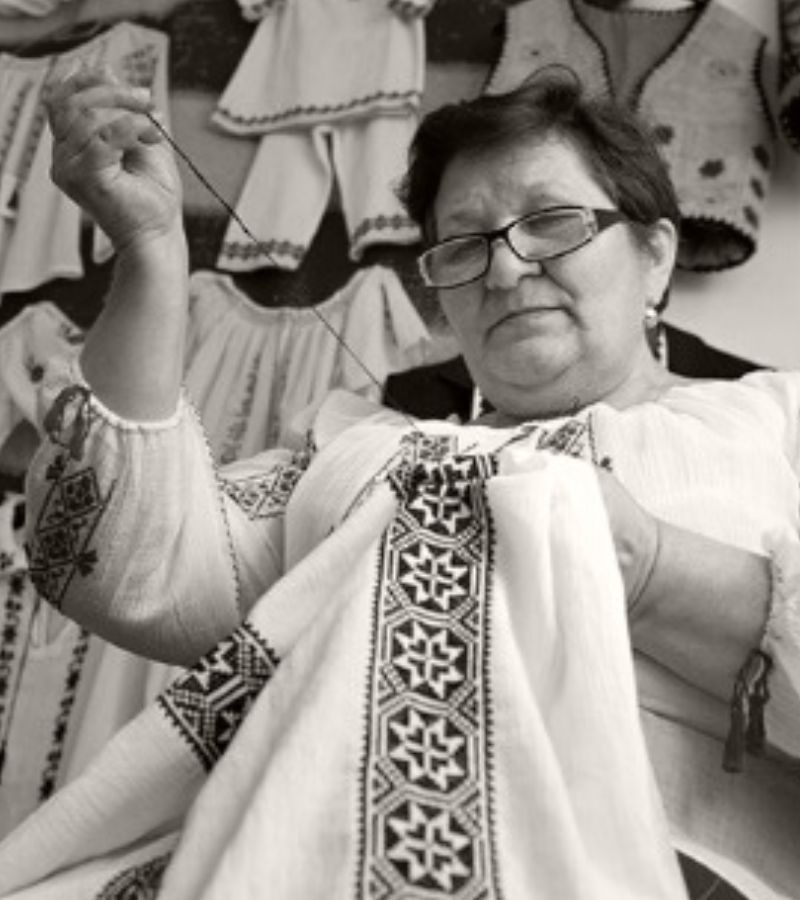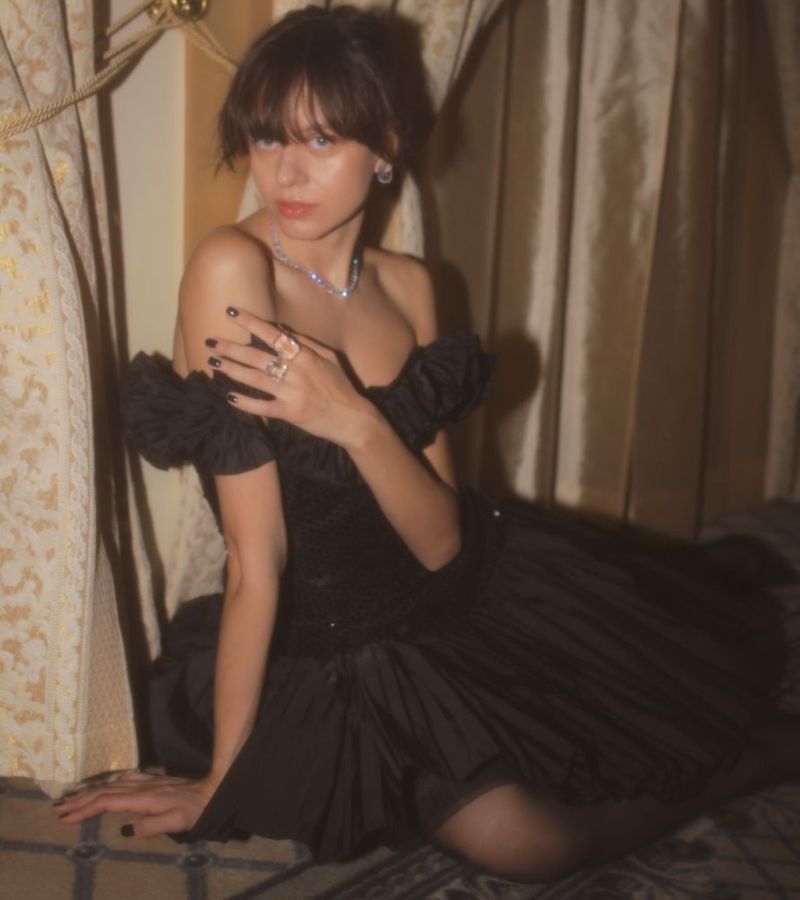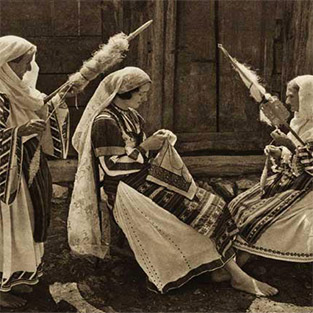The Craft of Weaving on the Handloom
When we are thinking of authentic Romanian craftsmanship, more than likely, the first image that comes to mind is the legendary traditional Romanian blouse, with all its versatility and elegance. Even if much discussed in recent years, the topics related to this important piece of history will hardly be exhausted in the years to come.
Witnessing the fact that ever since the beginning of our platform, the traditional Romanian blouse is still one of the most desired and appreciated pieces of clothing, we asked ourselves what is the factor that makes it this way, even in today's ever-changing context?
Of course, the answers can be multiple, but perhaps the most evident aspect that gives it a strong relevance in contemporary times is its spiritual, cultural and deeply historical charge, as well as the distinct vision of the world that our ancestors communicated through this piece of clothing.

The Weaving on the Handloom of our Romanian Blouses in the Traditional Ateliers of Dâmbovița
One of the finest exemplars of the traditional Romanian blouse can be found in the southern area of Romania and is exclusively hand-woven on the wooden loom. Starting from the natural fibers, especially cotton, the cloth and ornamentation are made entirely on the loom, while the joining seams, traditionally called 'cheițe' ('little keys'), are embroidered by hand. Traditionally, the collar has a honeycomb smocking and a drawstring that can be used to adjust according to the desired size. Drawstrings can also be found at the edge of the long sleeves, thus giving ease to the cut.
These pieces are not only authentic, having a millennial history and respecting the traditional canons of artisanal techniques, but they are by definition the standard of ethical and sustainable fashion, being made by Romanian craftsmen in their ateliers in Dâmbovița county.

The History of Handloom
This technique has an impressive history, dating back to Ancient Egypt (c. 4400 BC) and spreading over the years to all parts of the globe, varying in shapes, elements or mechanisms of operation, but unmistakably retaining its primary function.
Considering human's ontological need to give everything a sacred valence, the handloom too had many tales being told about it throughout history. The myth of Arachne present in Greek mythology, associated it with the symbol of cosmic creation, linking it to the way in which the destiny of each individual is woven.
On the territory of Romania, the first signs of this practice are attested since the beginning of the Neolithic. While the horizontal form of the loom, as we know it today, dates back to the 10th century. In that age, there was almost no household without such an installation.
The weaving process can be described in a few words by interlacing the warp (longitudinal threads), which are held in tension on the frame, with the weft (transverse threads), which are inserted above and below the warp. Over time, this occupation was associated with a true art, as the skillful women began to enrich the simple fabric with various ornaments, altering the colors of the threads and the methods of weaving to create various motifs and textures. Most of the time, the hand-loomed blouses had geometric patterns, with colors ranging from red to blue, yellow and white - each of these variations being surrounded by semiotic, spiritual and folkloric meanings.

The Place of Handweaving in the Contemporary Society
Tradition, with all its crafts, will remain the foundation on which tomorrow's generations will build future artistic and cultural manifestations. Even if times have evolved, perhaps much too quickly, nothing compares to the depth and charge of the objects made entirely by hand.
Considering the continuous rise of the harmful fast fashion industry, now more than ever, assigning new valences to this craft in today's society is more important than ever. Protecting these forms of art is at the epicenter of our activity, while our efforts are mainly directed towards the revitalization of authentic artisanal communities, by working directly with them - and thus encouraging the development of the local economy.
Due to the complexity of this technique and the scarcity of this 'savoir faire' - as today only a few women still practice the craft of weaving in our country - these examples of Romanian blouses are no less than true luxury items, produced in limited quantities... which we invite you to discover in our e-shop...

Photo Sources: Blouse Roumaine Shop Archive, The MET Museum.
All rights reserved.
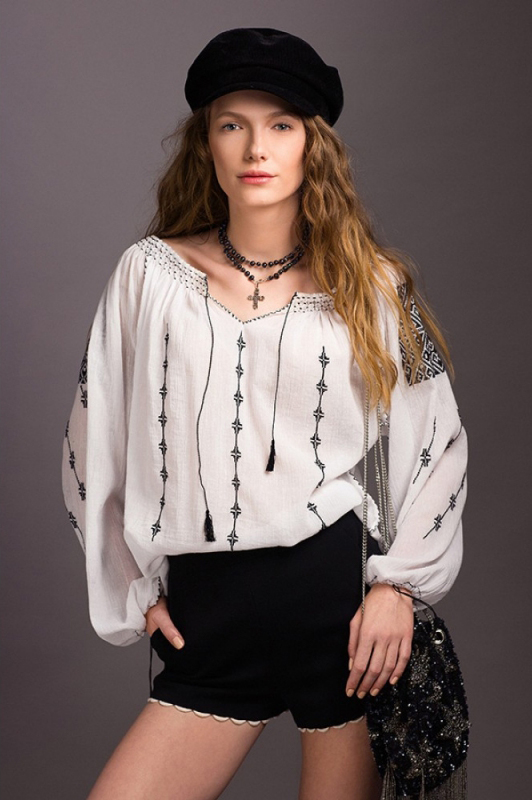

 Română
Română


